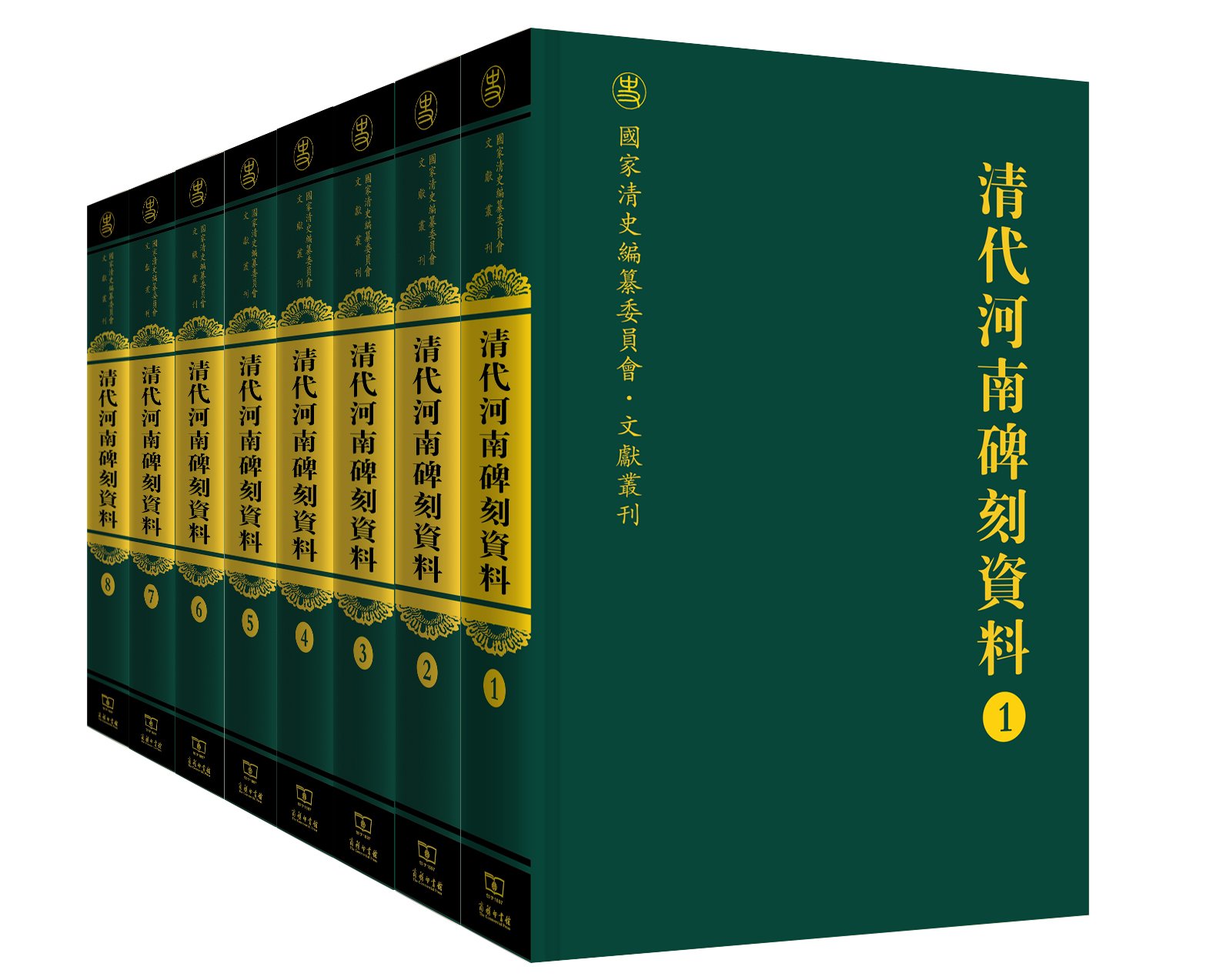History engraved in stele inscriptions

Stele Inscriptions of Qing History in Henan Province
Chief Editor: WANG XINGYA
Publisher: The Commercial Press
Stele inscriptions in Henan Province are well-known historical relics at home and abroad. A treasured calligraphy sample, Longmen Twenty Calligraphic Gems, is carved into the Longmen Grottoes in Luoyang. During the Xiping period (172-178) in the Eastern Han Dynasty (25-220), visitors came daily to the famous Xiping Stone Classics, which were engraved in the Imperial College in Luoyang in the feudal age.
Considerable numbers of stele inscriptions from the Qing Dynasty (1616-1911) have been discovered. These inscriptions are important to those who study the historical changes that occurred in Henan in the Qing Dynasty. However, many of them have been severely damaged because of heavy rain and weather. Damage from people has aggravated this situation. Many of the stones with inscription were used for construction. Huge numbers of inscriptions disappeared before historians ever had a chance to see them.
Fortunately, volumes in Stele Inscriptions of Qing History in Henan Province, edited by Wang Xingya, a history professor from Henan University along with his peers, has preserved significant aspects of these precious historical materials. They moved the historical records collected from stele inscriptions found in all counties of Henan Province from stones to papers, and edited them into eight thick volumes. For readers’ convenience, these inscriptions are classified and sequenced according to the administrative region of Henan Province where they were found, with corresponding names of those in the Qing Dynasty in parentheses. The eight volumes contain information collected from more than 6,300 stone tablets, including those in museums, cultural relic administrations, temples and ancestral halls, as well as those recorded in local chronicles, genealogies and other essays that are diminished or hard to find. In other words, all the inscriptions that were at some time catalogued are contained in the collection.
In terms of content, they mainly relate to the mining industry, culture and education, uprisings and conflicts, river regulations, religious belief, folk activities, and civil meditation. For example, during the mid-Qing Dynasty when the self-sufficient feudal economy in Henan gradually collapsed, massive numbers of peasants left their land to become miners or factory workers. The inscription titled Prohibition on Opening New Mines demonstrated Qing feudal officials’ worries and sense of helplessness that they might lose control over these mining workers. As for education, new styles of primary and secondary schools co-existed with old-style private schools in towns and counties in Henan. Inscriptions such as On the Construction of Advanced Primary Schools described the development of the new style of education system in Henan Province. In the Qing Dynasty, uprisings and conflicts also occurred, though not as frequently as they did in previous ages, among which The Nien rebellion (1852-64) and the Taiping rebellion (1853-55) were the most well-known. Some inscriptions recorded the official view on these events. In addition, regulation of the Yellow River was a big event that was closely connected to the public safety and thus was a core theme of the inscriptions.
